Warning: These images will shock you.
Did you know that every single piece of plastic that has ever been made still exists today? And much of that ends up in our waterways and oceans.

“Today, not a single cubic meter of seawater is free of plastic particles,” says Darb 1718’s Reem Hatem.
Darb 1718 has brought an international exhibit aimed at raising awareness about plastic pollution to Egypt. “We do have a serious pollution problem that is not addressed. We are leaving a very shameful legacy to our children,” Hatem says.
We chatted with Reem to learn more about “Out to Sea? The Plastic Garbage Project”, the issue of plastic garbage in our waters and ways to help.
1. What is the impact of plastic garbage in our oceans and seas? How serious is the pollution problem in our own waters – the Red Sea, the Mediterranean and the Nile?
We first need to acknowledge that the rivers, seas and oceans around the world are all connected. The current gathers all the trash where it tours the oceans around the world. There are shocking facts about the amounts of plastic garbage in the seas and oceans.
We generally have a garbage issue everywhere in Egypt, but it is even worse in the sea and the river as people think that since it is not visible it doesn’t exist. People in Egypt also are not aware of the direct effect of this polluted water on their health.
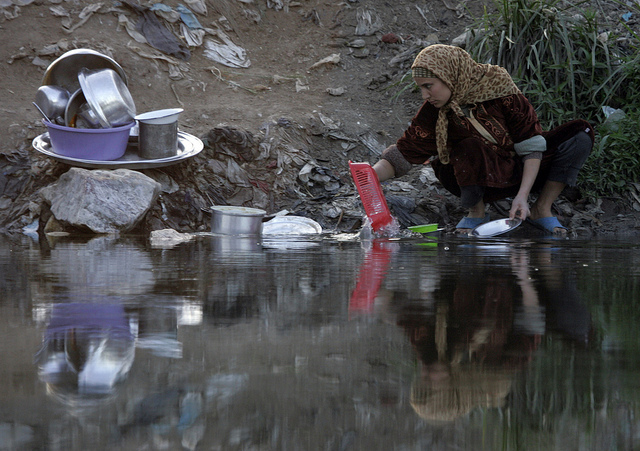
We do have a serious pollution problem that is not addressed. We are leaving a very shameful legacy to our children.
The “Out to Sea? The Plastic Garbage Project” show focuses on the end of the lifecycle of products. Ever since mass products made of plastic began to make our lives easier, the seas have started to gradually transform into a gigantic plastic soup. Today, not a single cubic meter of seawater is free of plastic particles.

The exhibition presents collected plastic garbage from all the world’s seas and illustrates the full extent of this ecological catastrophe. In addition, the project looks at the advantages and disadvantages of plastics and at their influence on health.
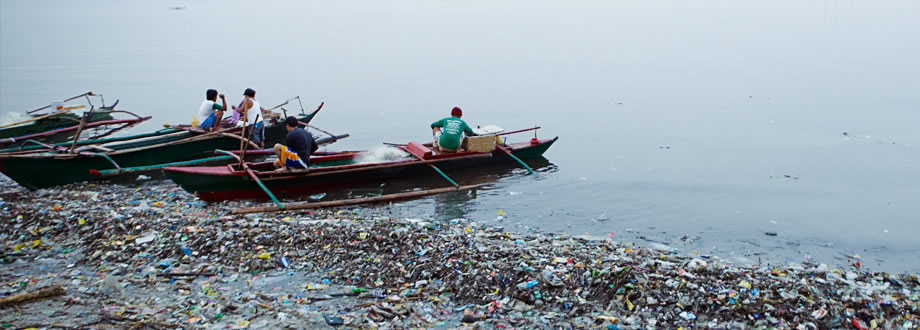
2. Tell us a bit about the global initiative and how it came to Egypt.
We read about the “Out to Sea? The Plastic Garbage Project” exhibition in a Swiss magazine and we thought that it would be great to bring this project to Egypt since we have a huge issue with trash in the sea and in the Nile. We approached the Museum of Design in Zurich, Switzerland and they welcomed the idea very much. They even expanded the project to take place in several countries in the Middle East: Jordan, Lebanon, Palestine, Morocco and Egypt.
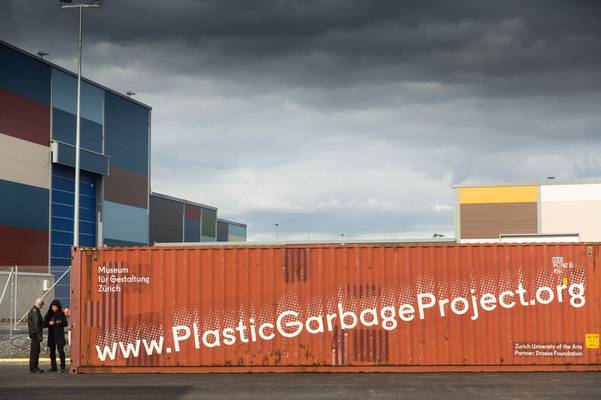
“Out to Sea? The Plastic Garbage Project” is an environmental educational project that began at the Museum fur Gestaltung Zurich (Museum of Design Zurich) in 2012. The project encompasses educational awareness campaigns about the hazards of plastic garbage in the sea worldwide, an exhibition entitled “Out to Sea?” and educational and artistic workshops revolving around this topic.
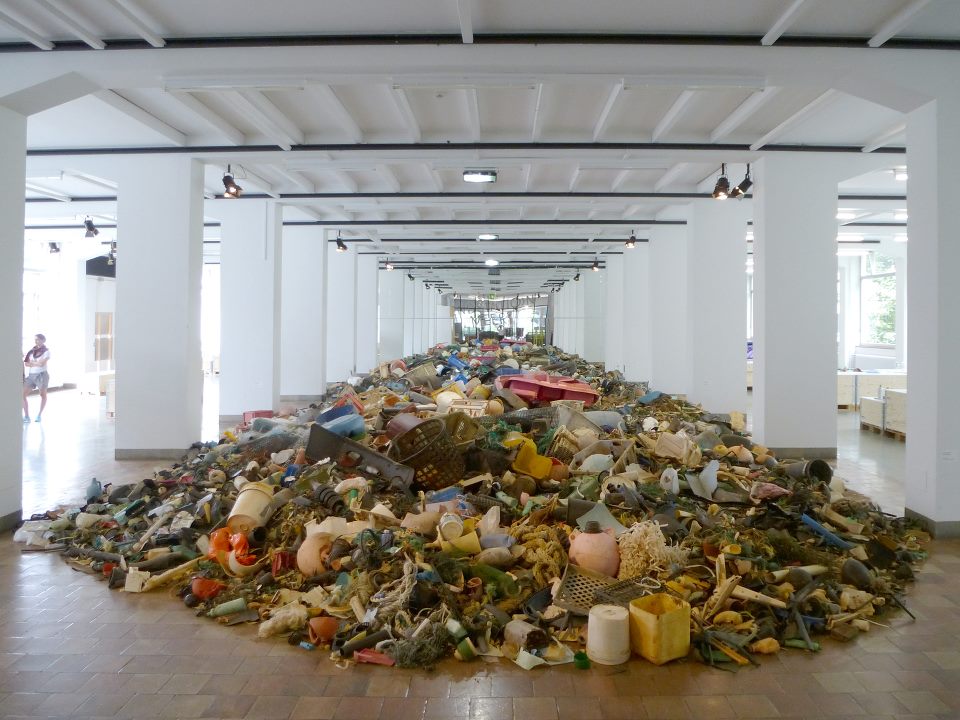
The exhibition has been touring Europe the past two years (Sweden, Denmark, UK, Spain, Finland) and is now coming to the Middle East to continue its journey. Darb 1718 Contemporary Art & Culture Center is in charge of creating the Egyptian version of this exhibition and will be focusing on the Red Sea and the Mediterranean Sea. This tour is made possible by the Drosos Foundation.
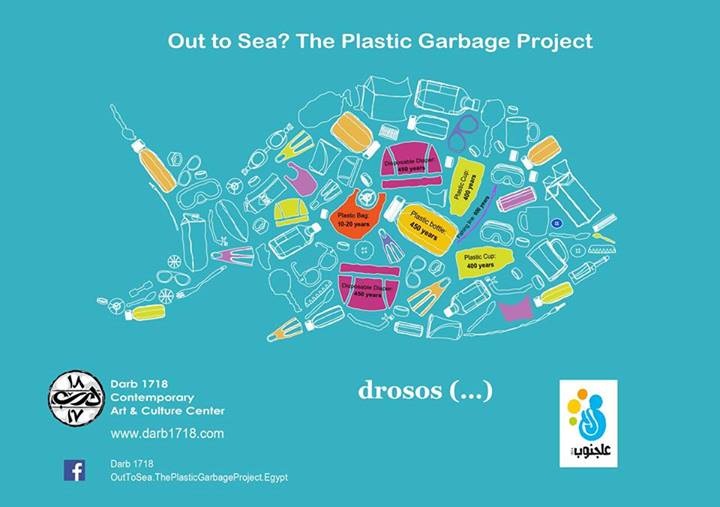
3. What is the goal you’re aiming to achieve?
We aim to raise awareness about this global issue because we are all part of its existence. The project is not against the usage of plastic, but is about raising awareness on how to best use plastic and dispose of it properly. Plastic is useful in many ways but we need to be more aware of the choices we make. There are many innovative ways to recycle, reuse and upcycle plastics.
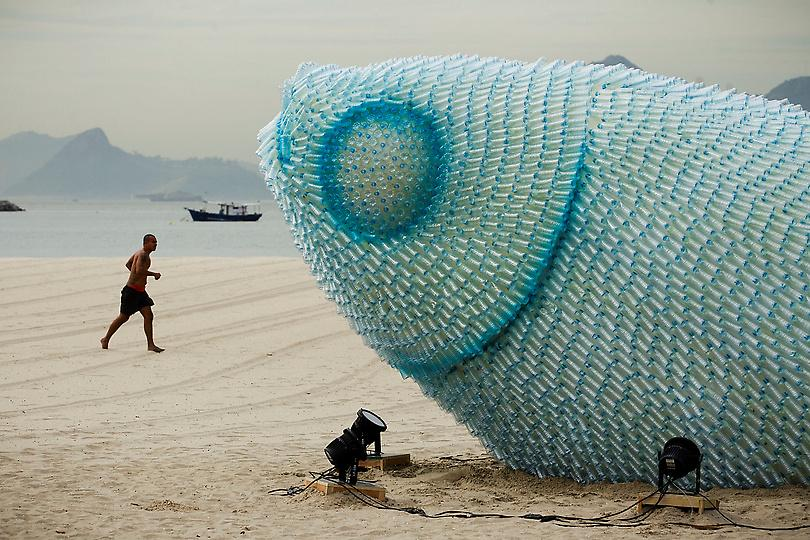
In our project, we will focus on school children and college students. We will arrange guided tours in the exhibition followed by a program of film screenings and art workshops. The opening of the exhibitions in Cairo, Alexandria and the Red Sea will encompass arts and music festivals with diverse activities related to raising awareness of plastic garbage in the sea.
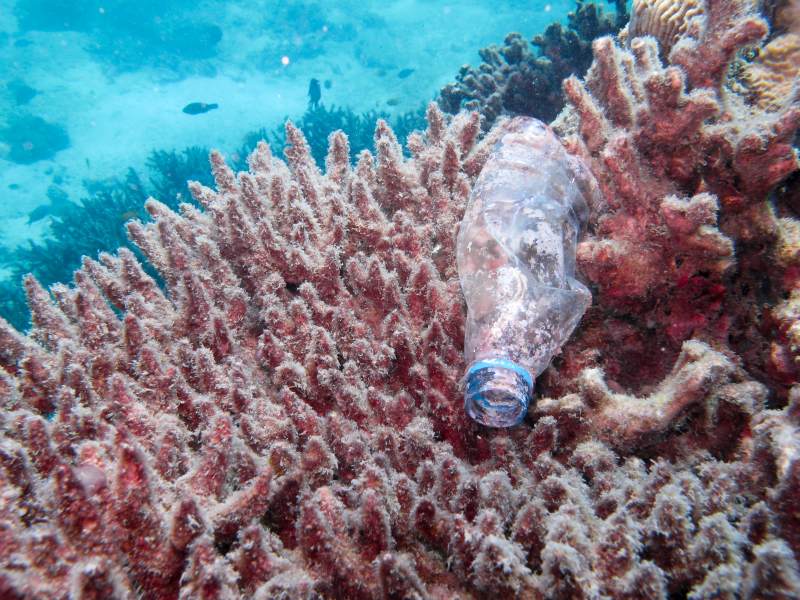
4. You held your first ocean clean up during the 3alganoob Music Festival, how did people respond to it? What was the general atmosphere?
We found tons of flip-flops, shoes, plastic bottles, plastic bags, fishing nets, shampoo bottles, pampers, ropes and different unidentified items.
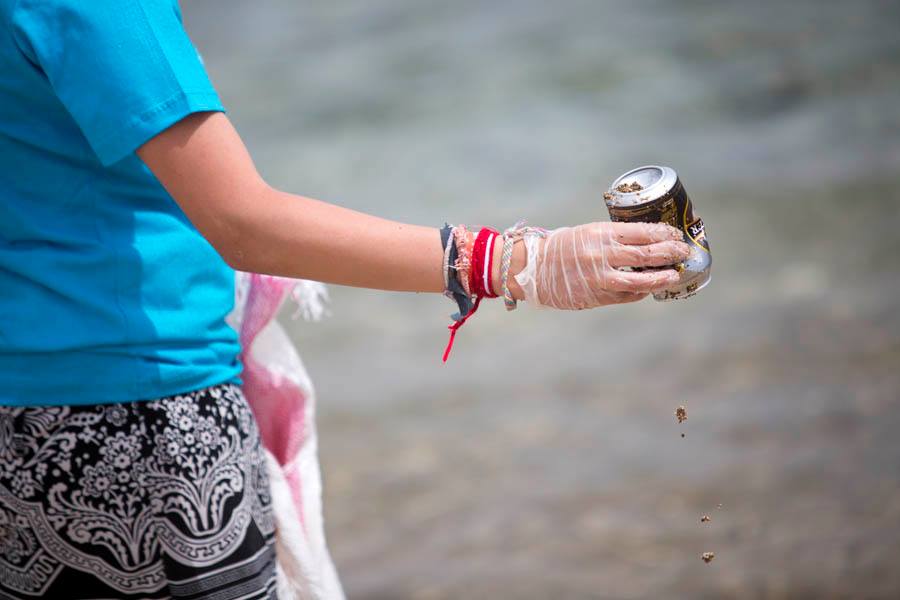
Not many people participated in spite of many announcements and calls for participation.
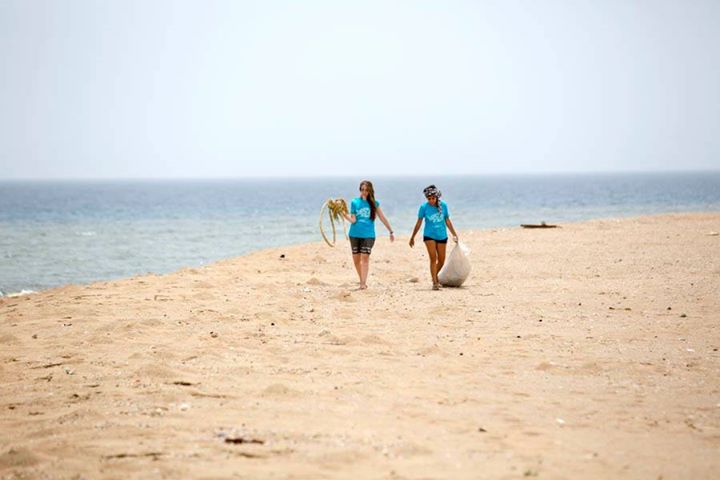
We think the guests of the festival were more interested in chilling on the beach and enjoying the live music shows. This made our job difficult, but more importantly, it shows the lack of awareness about this issue and the need to encourage people to engage and be part of the solution to this massive problem.

5. What are you planning next?
We are planning more beach cleanups and under water cleanups on the Red Sea and the Mediterranean Sea in the coming few months. Our next beach and underwater cleanup will be in Dahab on the 21st and 22nd of May 2014. Follow us on Facebook for updates.
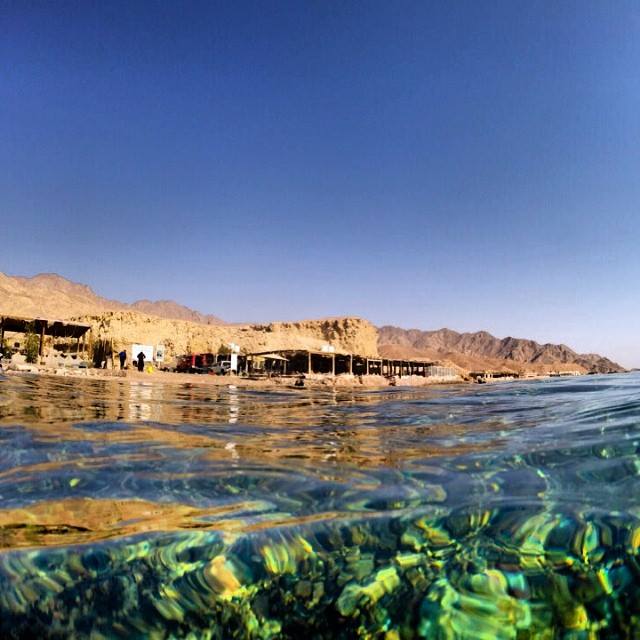
6. Is there anything an individual can do on their own?
There are lots of things an individual can do; first, by sharing information on the issue. In this way, we all help disseminate information about the problem to raise awareness of this huge global problem.
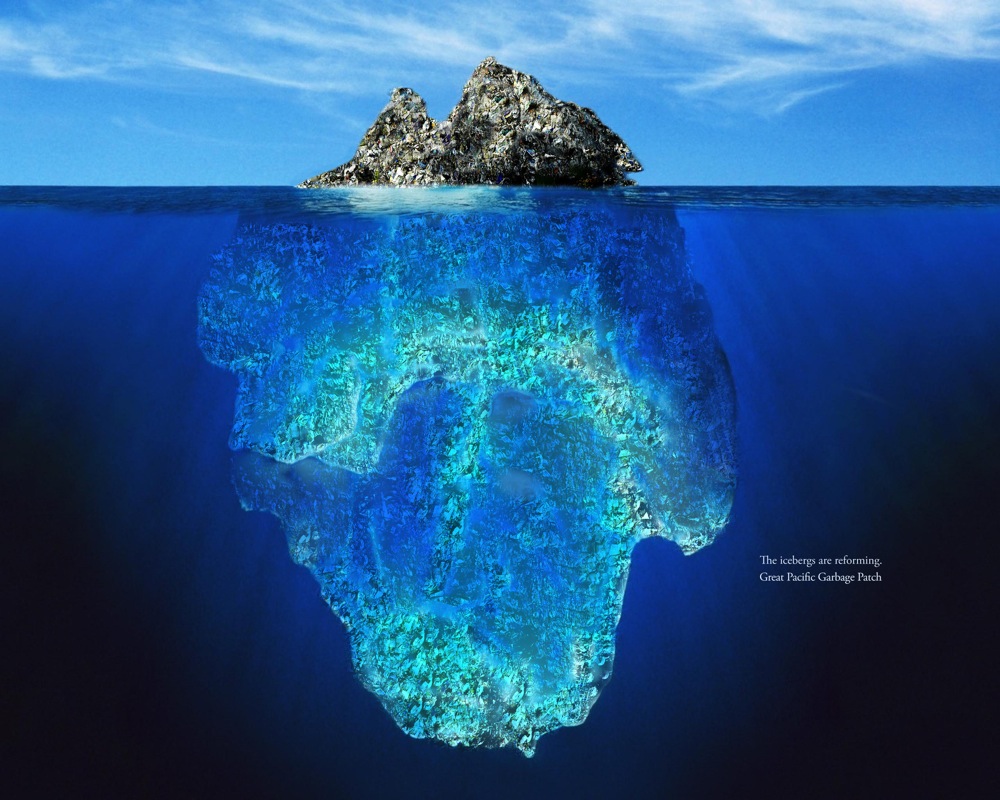
One can also reuse plastics bottles and plastic shopping bags, send them to recycling units or upcycle them by creating useful or artistic products out of used plastics.
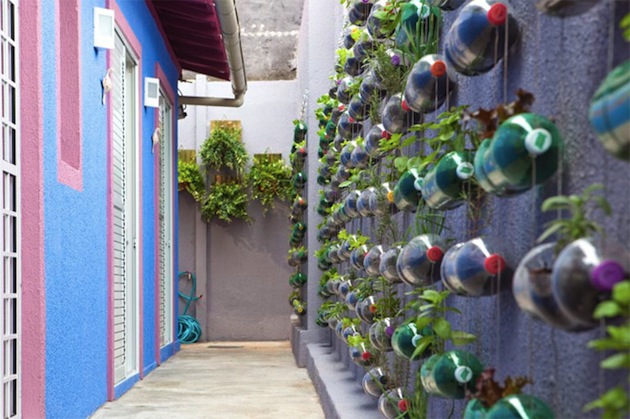
At Darb 1718, we offer recycling art classes where people learn how to make beautiful objects out of used plastics for personal use and also for sale. Check out our current community development project entitled “Treasured Trash”.
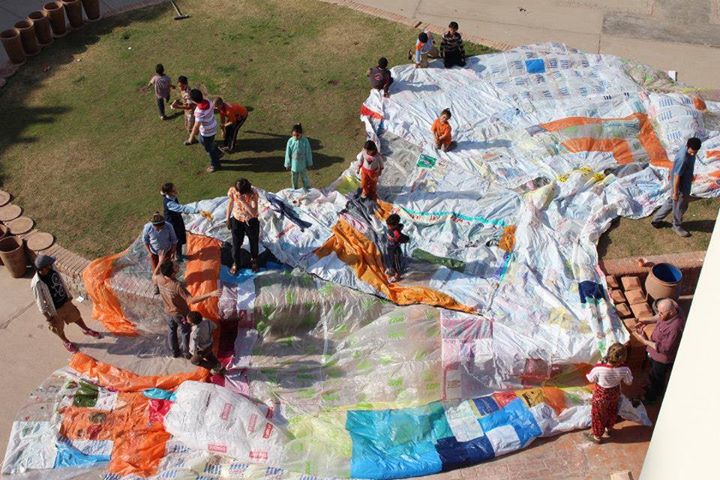
WE SAID THIS: Don’t miss 5 Harsh Realities You Should Know about the State of Our Earth and 7 Simple Ways to Help Save the Planet.


